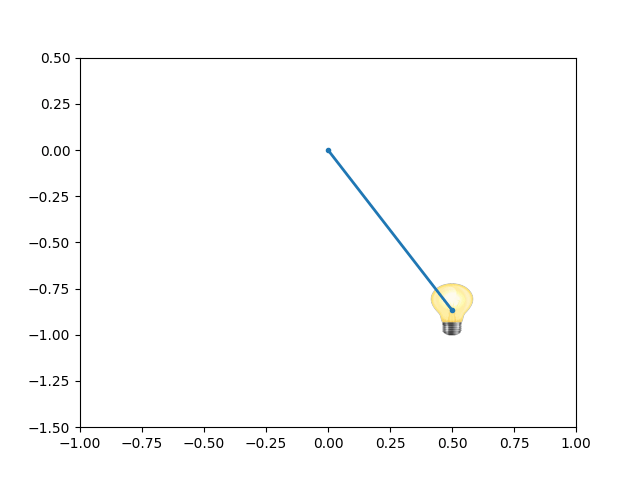$3.1.4.$ Why does a rapidly oscillating bulb on a spring seem to flash at the extreme points of its trajectory?

The power of the light bulb, and as a consequence the intensity of the light bulb, remains constant, so the longer the light bulb is at a certain moment, the more energy comes to the eye. Because the human eye perceives and accumulates light energy at a particularly high frequency of change (more details: doi.org/10.1016/S0042-6989(99)00084-X), then the longer the body is at a certain point, the brighter it seems to the retina of our eye
The perceived energy is inversely proportional to the time spent in a given place: $$ W\sim\Delta t $$ In harmonic motion, the position of the light bulb is described by the expression $$ x(t) = x_0 \sin\omega t $$ From here, the speed value changes as $$ v(t) = \dot{x}(t) =\omega\cdot x_0\cos\omega t $$ The lower the speed, the more time it takes for the light bulb to cover equal intervals of time. $$ v\sim\frac{1}{\Delta t} $$ Thus, when the speed of the light bulb during harmonic motion is minimal, the energy perceived by the eye becomes greater. $$ W\sim \frac{1}{v} $$ Thus, the bulb appears brighter in places where its speed is minimal, i.e. at its extreme points.